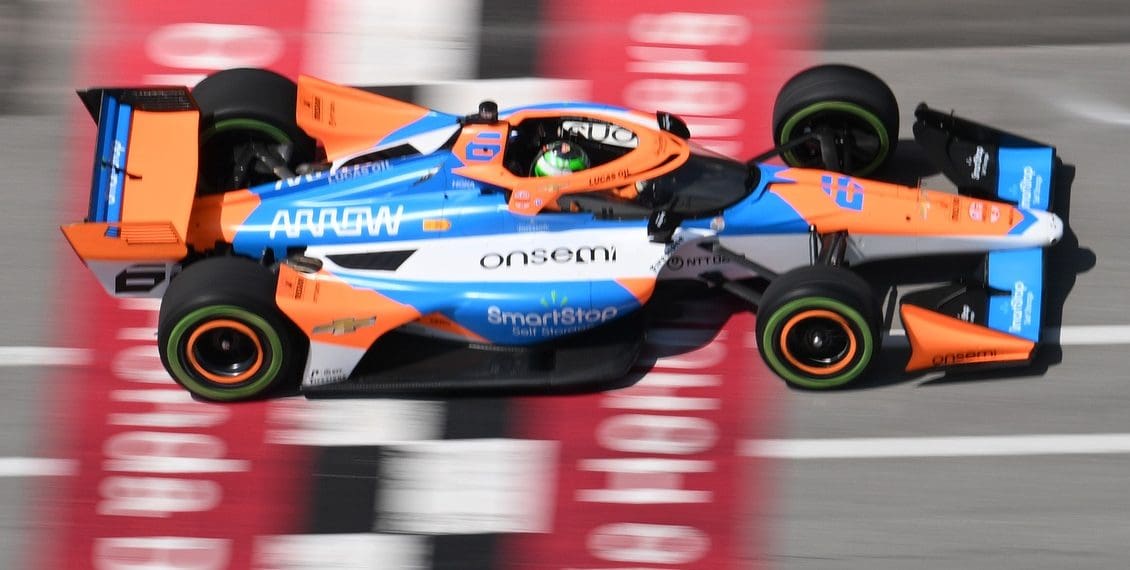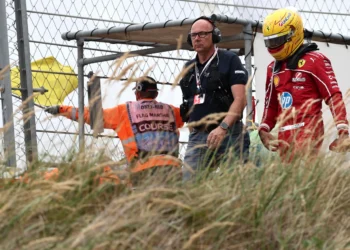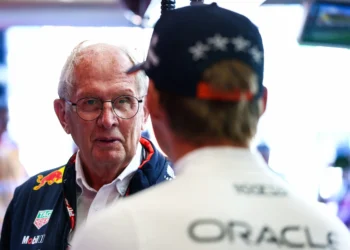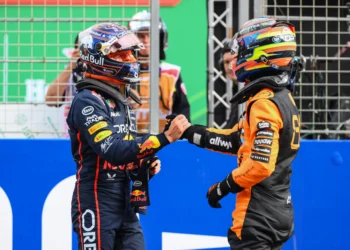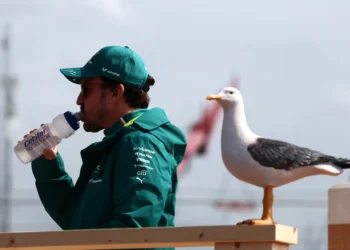At the tender age of 19, Nolan Siegel’s dream came true when he signed with McLaren, one of the biggest names in racing. However, joy rapidly morphed into controversy, as Siegel found himself at the center of a public outcry for supposedly ‘usurping’ Theo Pourchaire’s coveted IndyCar seat. This controversial development instantly transformed the young, unassuming talent into the prime target of public dissent, tainting one of the most contentious narratives of the 2024 season.
Siegel, in a comprehensive pre-season interview with The Race, candidly discussed the external negativity that surrounded his signing. He conveyed a sense of having mentally moved past the previous year’s events, yet acknowledged the lingering curiosity from the public and media alike. Siegel’s transition from a rookie failing to qualify for the Indianapolis 500 to a McLaren driver finishing 12th in his first race at Laguna Seca was met with a combination of sympathy and skepticism.
The intricacies of Siegel’s signing are entwined with McLaren’s missed opportunity to sign Alex Palou, who performed a contract about-face to stay with Chip Ganassi. Subsequently, they signed David Malukas who was injured pre-season and released in May. McLaren then contracted Pourchaire until the end of the season, only to drop him a month later, bringing Siegel onboard for the last ten races. This sequence of events ignited the ire of Pourchaire’s fanbase and sparked debates over McLaren’s decision to replace the reigning Formula 2 champion with Siegel.
McLaren’s team boss, Tony Kanaan, in a detailed interview about Siegel’s journey, expressed that the situation was stressful for both Siegel and himself. The lack of a headline result in the latter half of the year coupled with Siegel’s abrupt transition from a full Indy NXT season and limited Dale Coyne IndyCar outings to a McLaren seat only intensified scrutiny on the rookie. Kanaan emphasized that Siegel managed the perception well and showed commendable resilience.
Despite the criticism, Siegel’s promotion to McLaren shouldn’t be overshadowed by the negative circumstances that accompanied it. The young driver and his immediate team have been proactive in their preparation, analyzing past races and strategy decisions in great detail. Siegel has also beefed up physically, gaining about 15 pounds in muscle, and has engaged a sports psychologist on Kanaan’s advice.
Kanaan, who staked his job on Siegel’s signing, acknowledges the enormous pressure on Siegel to deliver in his second year. The Siegel versus Pourchaire debate is further complicated by the fact that Pourchaire, only slightly older than Siegel, is an F2 champion and long-time F1 reserve who is highly regarded in Europe. Siegel’s resume might not compare currently, but he could very well evolve into an exceptional IndyCar driver down the line.
When Siegel was hired, it was speculated that his signing was influenced by his father’s venture capital firm, which manages $5.8 billion in assets. However, McLaren maintained that it was Siegel’s availability that prompted them to secure him before another big team did for 2025.
For Siegel, this year is crucial. He’s proving his mental resilience and maturity by focusing on the opinions of those who matter to him, such as Kanaan and McLaren CEO, Zak Brown. As he embarks on a new chapter in his career, it’s perhaps time for us to leave behind the negativity surrounding his appointment and focus on his accomplishments. Racing, after all, is a results-driven business, and Siegel’s future performance will be the true test of his potential. As Kanaan put it, “I know the potential is there.” The world is keenly waiting to see if Siegel will indeed prove everyone wrong.

